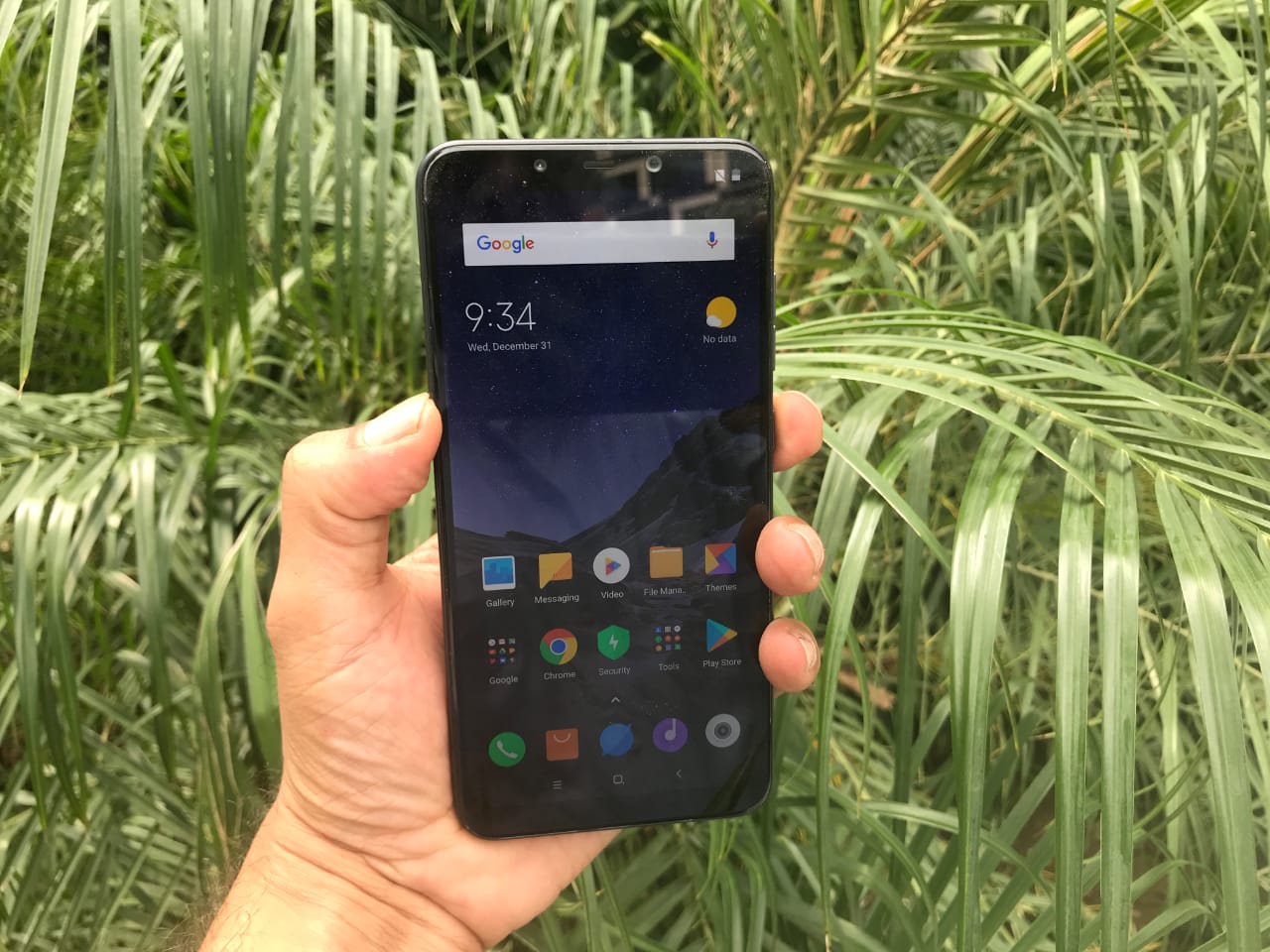Xiaomi, no doubt, has a good hold in the budget segment, but when it comes to the mid-premium market, it has not able to crack it yet. The company introduced a host of exciting smartphones in this segment, but all of them failed to impress the users. However, this could change. Enter Poco, a new sub-brand from Xiaomi that gave the cheapest smartphone powered by Qualcomm Snapdragon 845 chipset.
Yes, we are talking about the Poco F1. The smartphone comes loaded with insane specifications and it is aggressively priced at Rs 20,999 for the 64GB variant, Rs 23,999 for 128GB variant and 256GB storage option for Rs 28,999. Then there is a special Armoured Edition that comes with a unique Kelvir grip at the back, to add some premium design for Rs 29,999. We spent some time with the device and this is what we think of it.
[[VIDEOID=1349]]
Design and Display
Against all the odds, Xiaomi has decided to go with a polycarbonate body in the standard variants and Kevlar in high-end one. This is a bold decision, especially, at a time when its competition is offering shiny, glossy glass panel in their smartphones. However, being a polycarbonate has its own sets of an advantage as compared to glass.
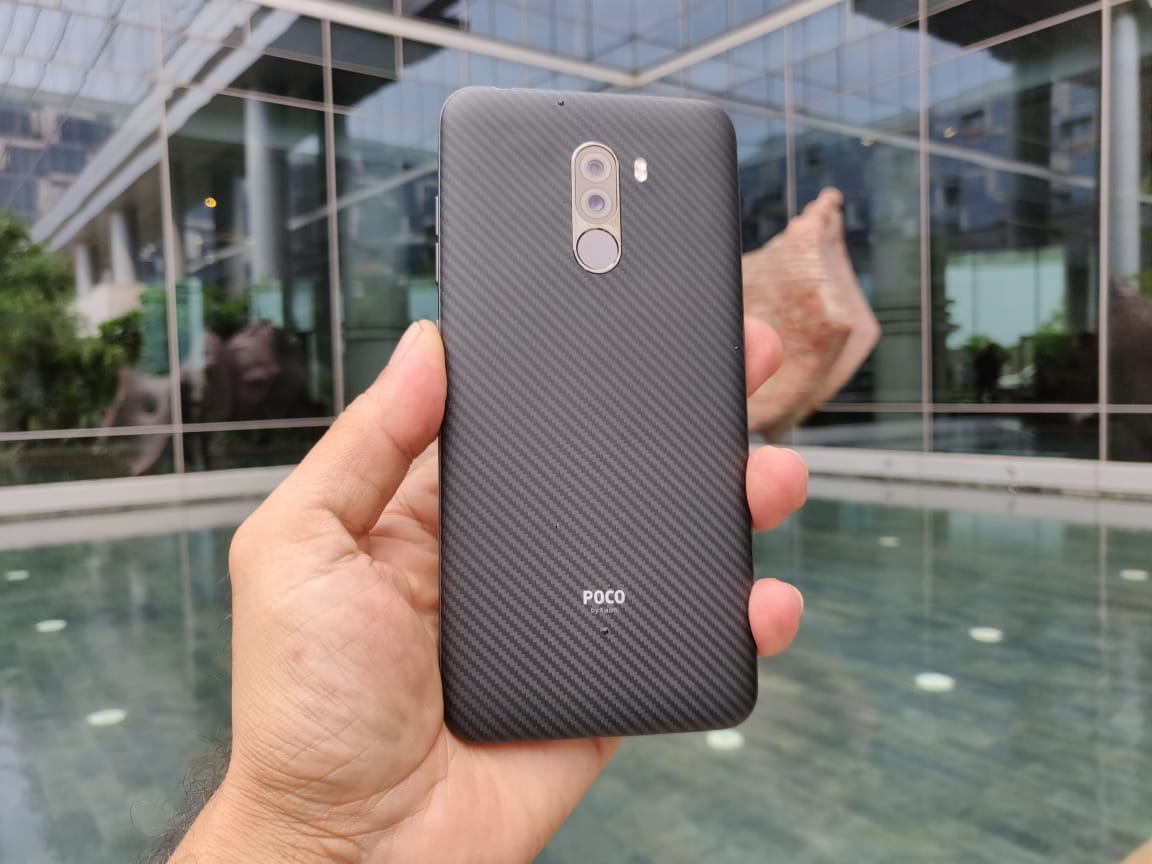
First of all, it will be more durable and the chances are high that it will survive a drop as compared to its glass counterpart. That said, we got the Kevlar variant, which is a material used in a bulletproof vest. We got the Armoured Edition (Pictures) for the review and the only difference between this variant and others are the inclusion of the premium Kevlar material at the back.
Diving deep in the design part, you will see a big-notch at the top of the front panel that comes with an Infrared sensor, earpiece and front-facing camera. The bezels are minimal on the side, though there is a prominent chin at the base. The right side houses volume controls and power on/off button, while on the left you get a hybrid Dual-SIM slot. The top houses a Headphone jack, while at the base, there is a USB Type-C port flanked between two speaker grilles.
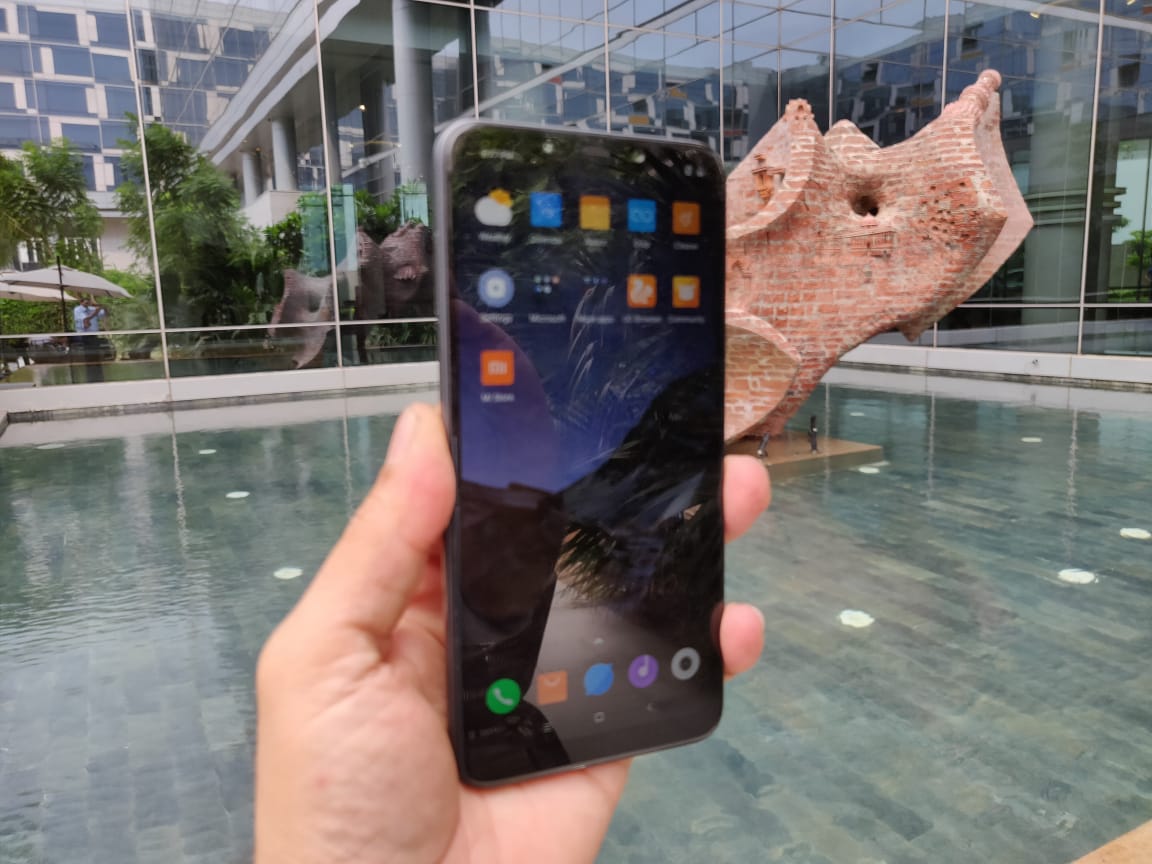
Coming to the back panel, you will see a vertically-aligned dual rear camera at the top centre position. We liked the fact that the camera has a red-coloured ring around it, which gives a good look. And just beneath it is the fingerprint sensor. That said, the phone is not that premium-looking as compared to other flagships, but it sure looks durable and is indeed comfortable to hold.
Coming to display, Xiaomi has added a 6.18-inch Full HD+ display with screen Resolution of 2246 x 1080 pixels. The company claims that the device carries a 500nits brightness, which means that it would be quite bright to see in outdoor condition. In our initial testing, we found out that the display goes look good and the colours were on point. Though we felt that there a slight yellowish tone to the display. We will talk more about this in our upcoming review. So, stay tuned.
Hardware and Software
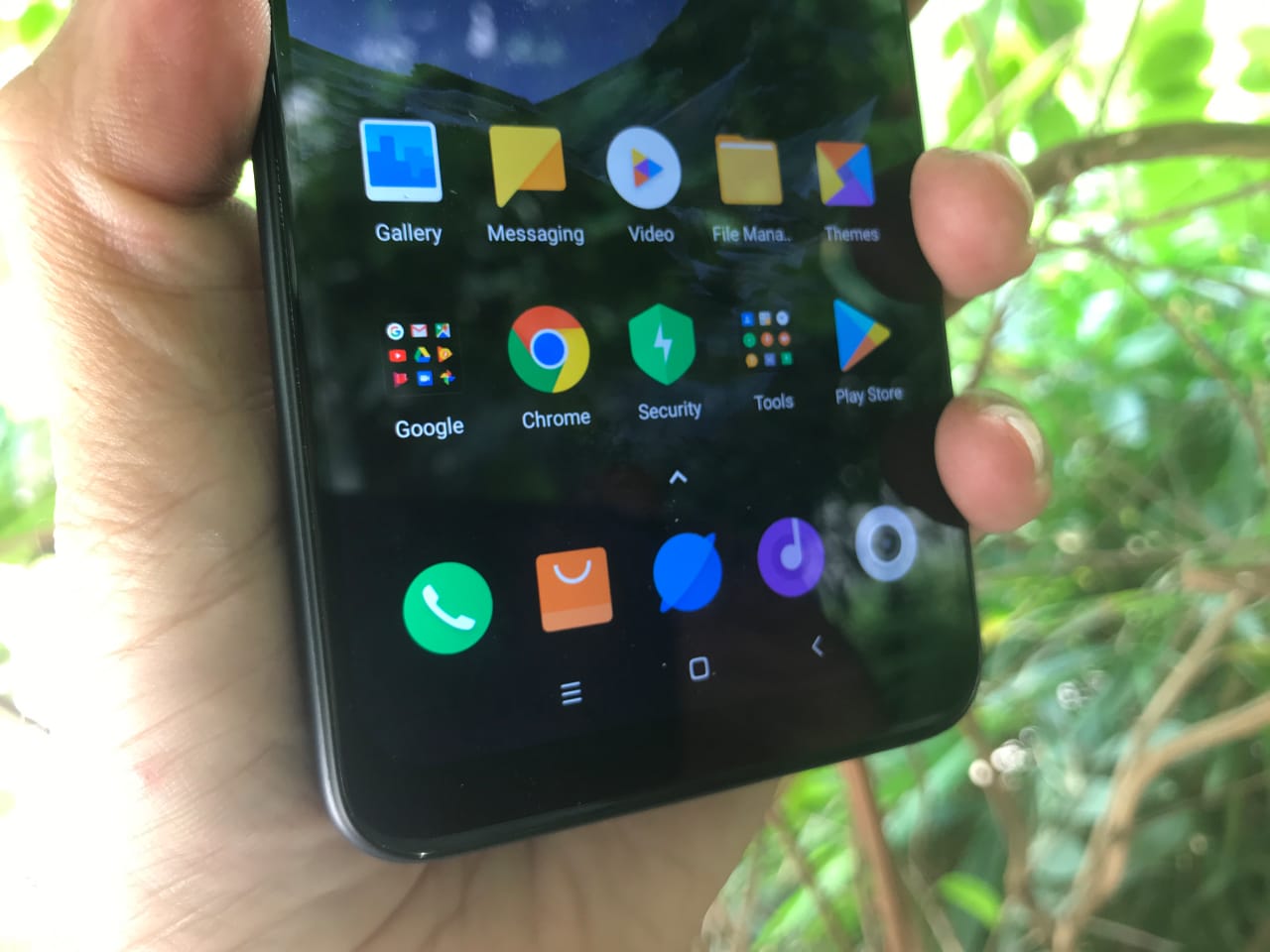
The design is not the strong point of this device; instead it is the internals. The phone is powered by the Qualcomm Snapdragon 845 Chipset along with Adreno 630 GPU. The phone comes with 6GB/8GB of LPDDR4X RAM and 64GB/128GB/256GB of UFS 2.1 storage options. The phone also comes with Liquid Cooling technology that will allow better heat dissipation. We don’t need to say much as the hardware specs speak for itself. This is the cheapest Qualcomm Snapdragon 845 chipset that is available in India, which is currently present in the likes of OnePlus 6 (Rs 34,999), LG G7+ ThinQ (Rs 39,999), Vivo NEX (Rs 44,990), Oppo Find X (Rs 59,990), Sony Xperia XZ2 (Rs 72,990) and more.
The Poco F1 runs on Android 8.1 Oreo, which is based on MIUI 9 and itis not the usual MIUI you get in Xiaomi smartphones. It is tailor-made for Poco F1. There are some host of improvements against standard MIUI. The first significant thing is the inclusion of App drawer, which is notably missing in MIUI interface. Further, the App drawer comes with a much more refined look and you get a standard Search functionality just ahead of navigation buttons, which allows you to search for apps and more. We will discuss the new avatar of MIUI in details during our review.
Camera
On the camera front, the phone features a dual-camera setup that comes with a combination of 12-megapixel primary lens with 1.4um large pixel, f/1.9, dual-pixel Autofocus coupled with a 5-megapixel secondary sensor with 1.12um Pixel and f/2.0 aperture.
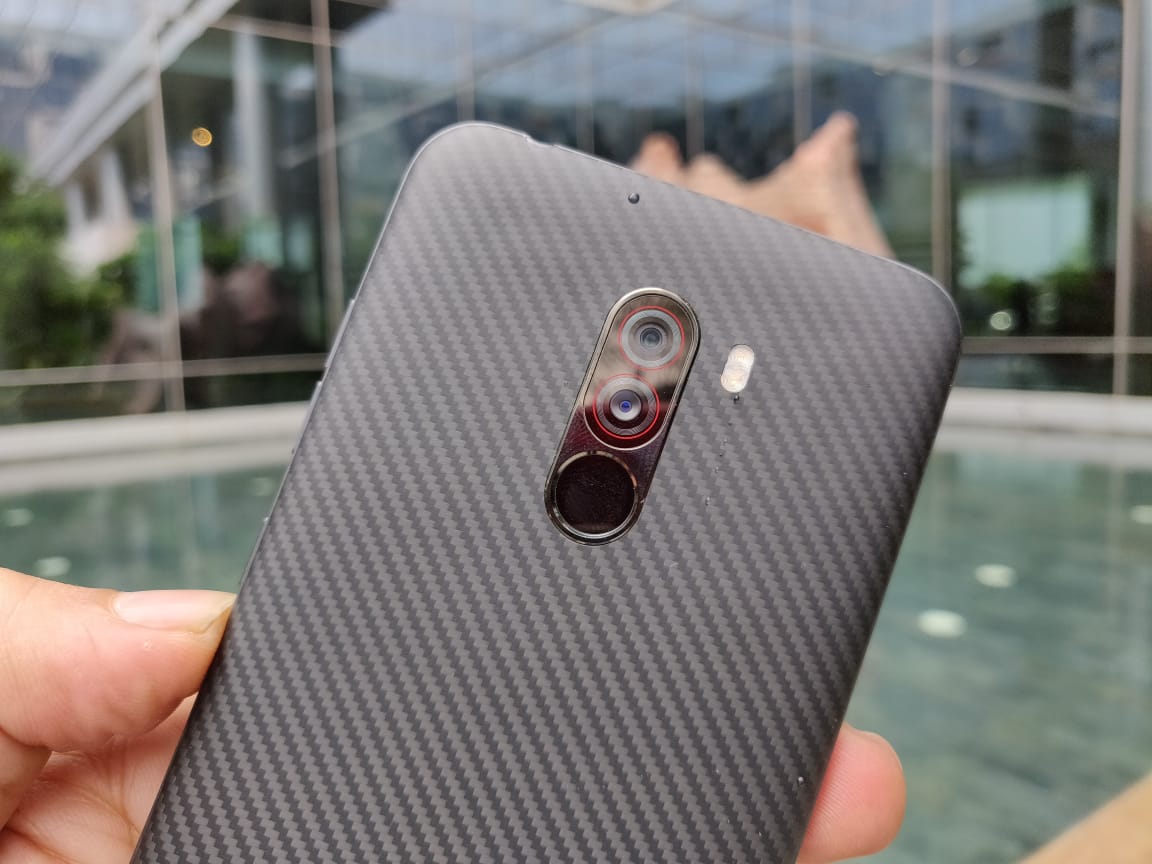
For the front, there is a 20-megapixel selfie shooter. The cameras on the front and at the back come with AI integration, which should ideally enhance the photo quality. We clicked some photos in the ideal condition and found out that the phone was able to focus on the subject quickly. The pictures came out to be decent as well. We will discuss the picture quality in detail in our camera review of Poco F1.
Battery and Connectivity
On the battery front, Xiaomi Poco F1 is loaded with a 4000mAh juice and it features Quick Charge 3.0 Fast charging support. The battery should ideally last a day under normal usage. However, the test is yet to be made to check the battery life of this smartphone. On the connectivity front, the phone features dual-SIM, dual 4G VoLTE, Wi-Fi 802.11 a/b/g/n/ac, Bluetooth 5.0, GPS+GLONASS, 3.5mm Audio Jack and a USB Type-C port.


